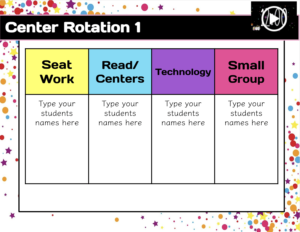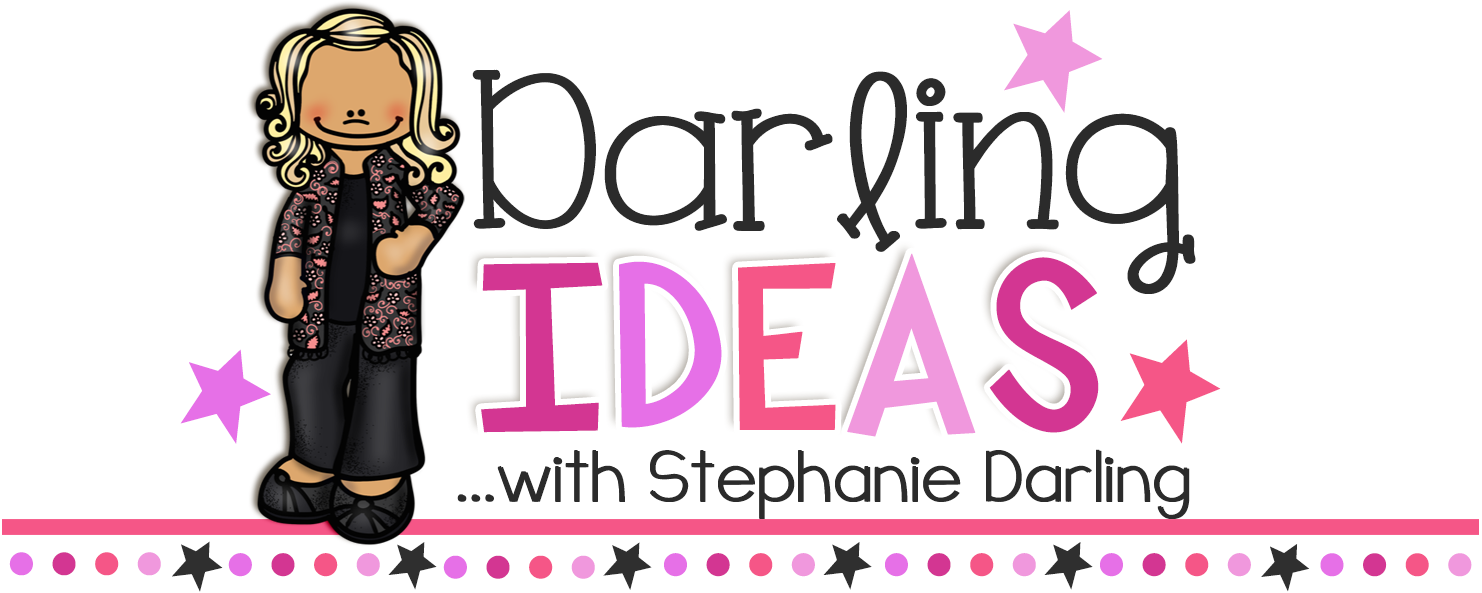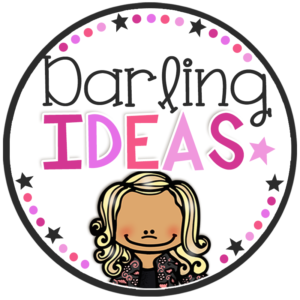Hey teachers! Do you utilize literacy centers for your kindergarten classroom? I do too! And want to know a little secret? I do not love literacy centers in kindergarten, or really, probably any grade. They take so much time to plan and prep, especially if you differentiate for twenty or so kinder babies.
And then, they are messy! My type A self likes things neat, orderly, and done a certain way. I almost can’t handle giving five or six year old that much freedom. From my small group table, I have looked across the room and seen kiddos poking holes into those cute little apple papers that I made, rather than recording Aa words! “Good grief, I know I taught procedures, and we practiced that center!” I said to myself!
But you know what? There is one thing that I do love about literacy centers. They create an opportunity for the most magical time of the day. An absolutely incredible, amazing time. My favorite time! Literacy centers create an opportunity for small groups. And small groups my teacher friend are my jam! I love them! Ya’ll! Kids learn to read in small groups. Need I say more?
So for this reason alone, I have worked hard to find a simple, less stressful way to do centers. I can’t wait to tell you about my method for centers! This is just part one, and we are going to talk about how I organize students into groups or rotations. So read on to hear how I first begin to organize my students into groups and run my literacy centers in kindergarten.
Literacy Centers Part 1: Getting Started with Literacy Centers in Kindergarten

Rotations
To begin, I have an hour of small group/center time to work with. I divide my students into four groups, so I create four rotations for each day. My rotations are:
- Technology
- Small Group
- Center Activities
- Seat Work
I use a digital Google Slides rotation board. I create four slides for each day rather than moving students around. Then, I can just click through the slides rather than moving student names around. This saved me transition time, and thus I had more small group time.

![]()
Grouping Students in Literacy Centers for Kindergarten
In an ideal world, I would have plenty of time to meet with students and address individual needs each and every day. But, in the real world, I only have an hour. From my experience, if a group is much less than fifteen minutes, it is really hard to transition, get started, and complete a lesson. So, I use data to place my students into four groups. Generally speaking, my four groups are:
- Below
- Low Average
- High Average
- Above
The data I use to place my students into groups is a reading phonics assessment. I look at percentages and specific skills that students need extra practice on. Another factor I consider is phonological awareness assessments as I work on those skills in small groups also.
After grouping students based on data, I do keep my groups flexible and change students around as progress is made, or if initial groupings are not a good fit. I track progress with reading snapshots, anecdotal notes, and professional judgment.
If you want to read more about using assessments and data to plan your small groups, click here to check out that blog post!
This seems like a pretty good pausing point for this first post. In the next post of this series, we will talk about what activities students do in each group! If you are ready for that next post, just click here!





No Comments